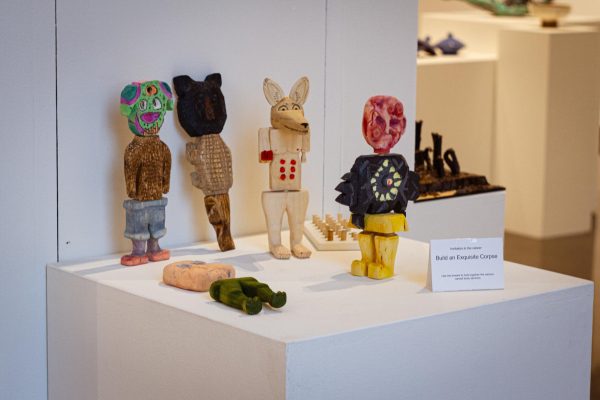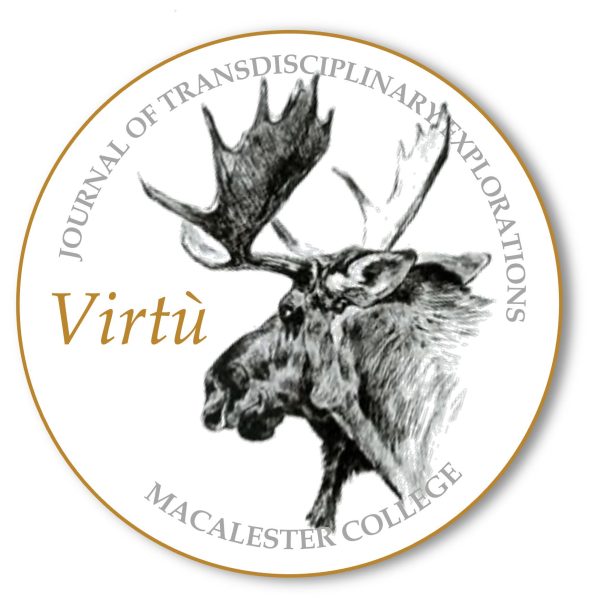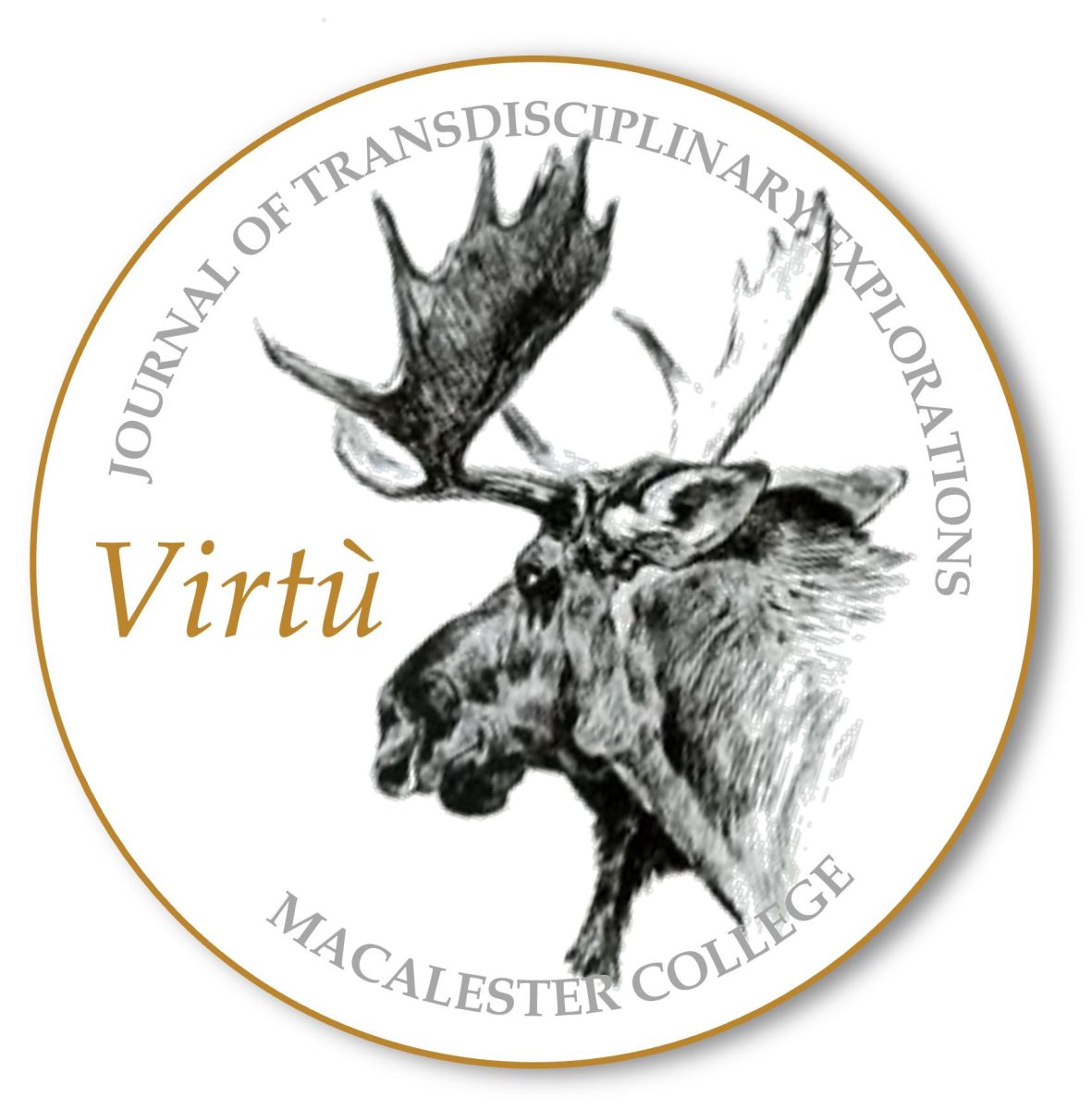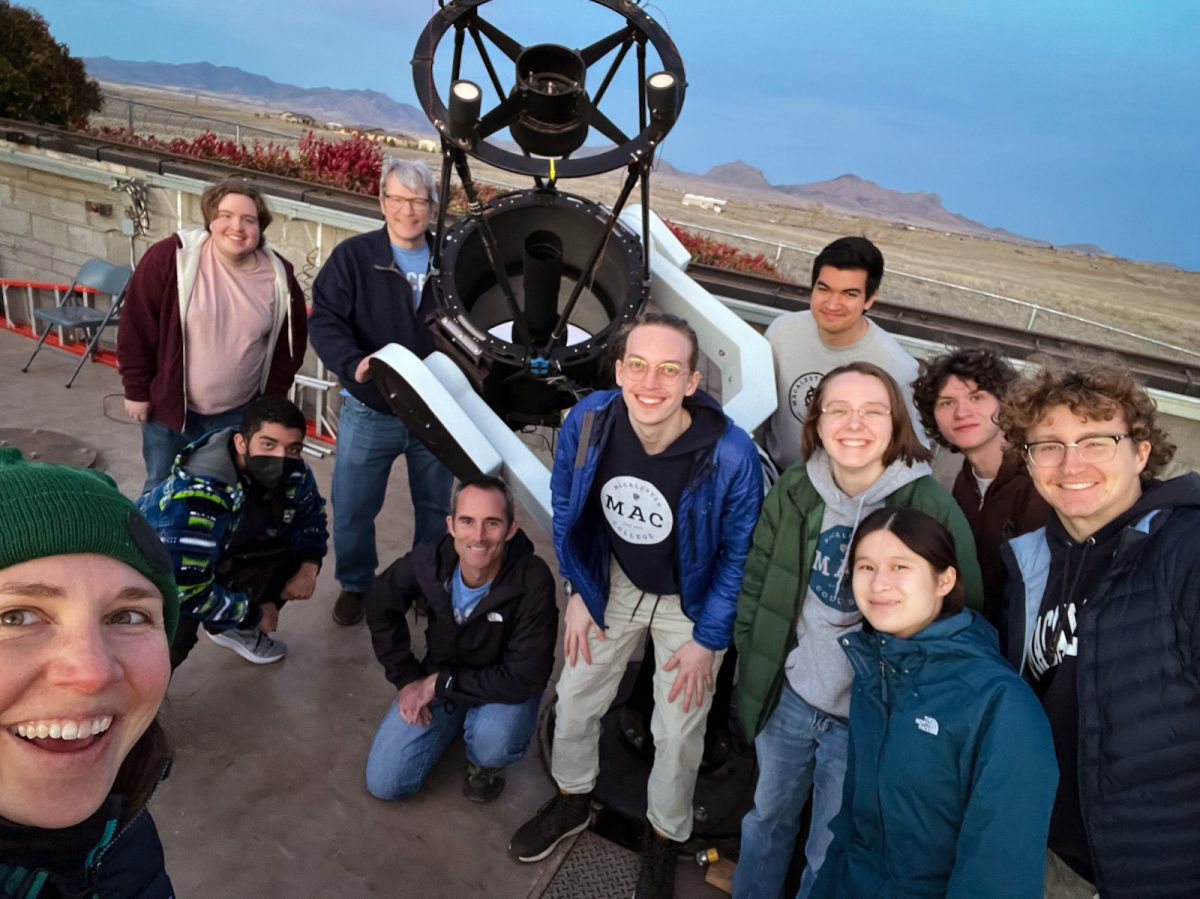
The Minnesota Zoo is nationally recognized for its commitment to education, animal care model and conservation efforts. The Zoo opened in 1978, and has become a model for a new type of zoo construction. The Zoo is located in the suburb of Apple Valley, only a few minutes’ drive away from the Mall of America. The suburban location means the Zoo has the luxury of being able to take up 485 acres, which isn’t feasible in a city zoo like Como Zoo.
The large land grant allowed for the Minnesota Zoo to help pioneer a new way of displaying animals. The main idea behind the construction of the exhibits is the comfort and enrichment of the animal; visitors having a clear view of the animal is always second to this. This means that one often won’t see certain animals because they are sleeping in tall grasses within their enclosure. However, while it can make visibility difficult, the enclosures allow visitors to learn more about the animal in a contrived environment. There are both outdoor and indoor trails of the Zoo.
The Zoo is set up in six walking trails that each encompass an area of the world. For instance, one trail is called the Minnesota Trail. It has animals like lynx, beavers and wolverines, all native to Minnesota. The idea is that when a visitor walks on each trail, they learn a little more about the region and are engaged with the animals and habitats associated with it.
Most of their large animals are kept on outdoor walking trails, and all of the outdoor animals originate along the 45 degree parallel so they can withstand Minnesota weather during the cold winter days. The outdoor trails house animals like moose, caribou, amur tigers, amur leopards, asian wild horses, takin and grizzly bears.
The Minnesota Zoo takes a great deal of leadership in the conservation of critically endangered species. It is the coordinator of the “Tiger Conservation Campaign,” which mobilizes zoos and other organizations in North America to reduce the hunting and loss of habitat for tigers in their native environments. The efforts of the Zoo include fieldwork in Eurasia. The Zoo is also in charge of deciding where tigers in North American zoos should be placed.
The Minnesota Zoo was presented the Bean Award by The Association of Zoos and Aquariums (AZA) Minnesota in September of 2015. In response Zoo President Kevin Willis said, “Generations of Minnesotans have had the opportunity to see and experience Amur tigers thanks to the Zoo’s long-term commitment to the species … Within the accredited Zoo community, the Tiger Species Survival Plan and its Tiger Conservation Campaign are models for the continued growth and impact of effective breeding, management and conservation programs.”
The Zoo also does a great deal to raise awareness and educate people about endangered animals. For example, the Minnesota Zoo is the only zoo in the world that houses Hawaiian monk seals. Hawaiian monk seals are the only seal that resides exclusively in United States waters, and there are barely 1000 seals left in the wild today. The Minnesota Zoo takes care of five young, female monk seals that are sight-impaired and unable to survive in the wild. The Zoo educates anyone who comes through their doors about why monk seals are endangered and what can be done about it.
The slogan on the Zoo’s signs and memorabilia is, “changing the way you see the world,” which is catchy, but also true in many ways. The Minnesota Zoo is remarkable within the United States. While it is not the only of its kind, its open model helps to note a shifting focus towards comfortable and healthy lives for animals in captivity. The Zoo maintains a constant focus on education and conservation of the world and animals that we share the world with. The movement from seeing zoos as solely places to view animals to places to educate and raise awareness for the effects that human destruction and climate change have on the wider world is a worthwhile and more ethical one.


















Amy Smith • Sep 10, 2019 at 8:26 pm
Perfect piece of work you have done, this internet site is really cool with superb info .
Diana Kelly • Sep 7, 2019 at 2:28 am
I like this website very much so much excellent information.
Like • Aug 14, 2019 at 3:33 pm
Status Auto Liker, ZFN Liker, auto liker, Auto Like, Increase Likes, Autoliker, Autolike International, autolike, Autoliker, Status Liker, autoliker, auto like, Working Auto Liker, Auto Liker, Photo Liker, Photo Auto Liker, Autolike
FashionNovacodes • Jul 31, 2019 at 10:04 pm
That is clearly a good idea to those not used to the blogosphere particularly. Brief but really accurate information Many thanks for sharing that one. A must read post!
PeterPiperPizzacoupon 2019 • Jul 30, 2019 at 5:16 am
great post mate, though there is certainly a problem with backlinking in relation to web commerce.
SkyZonecoupon • Jul 29, 2019 at 7:59 pm
Fantastic article, some several hard work place in here. My personal favorite technique up to now could be the your textual content!
Joesph Konarski • Jul 23, 2019 at 12:29 pm
Mass parsite http://bit.ly/2W9CVkn